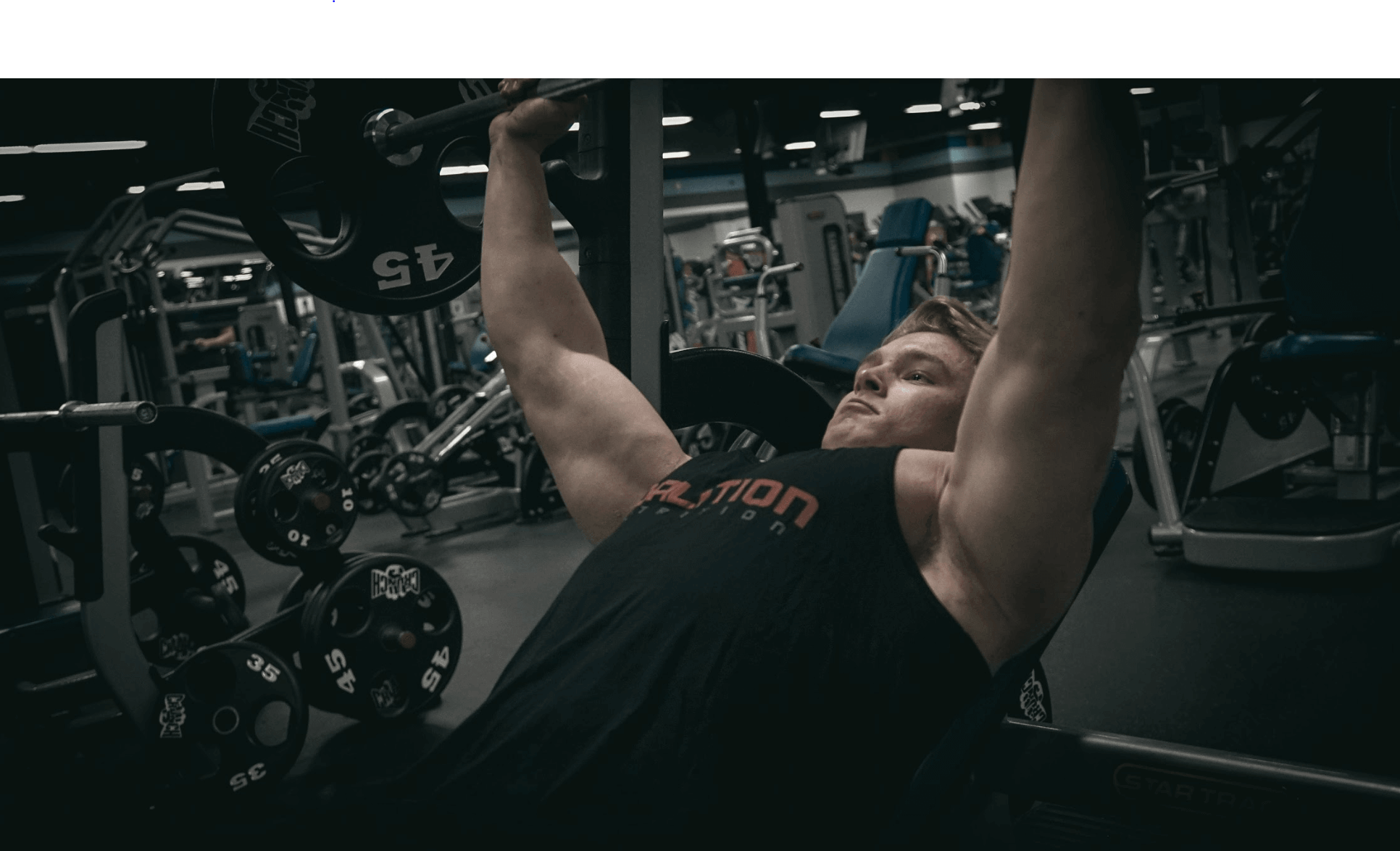Monotony. A word we try to avoid when it comes to bodybuilding, powerlifting and life in general. Our brains naturally enjoy variation to our daily habits whether it comes from wearing different outfits or listening to different music. The same things over and over again make us feel like we’re going crazy.
Discipline. A hot topic on the social media platforms and on your favorite motivation podcasts (a conversation piece for another day). Forcing consisting habits through discipline create the pathway for reaching your goals. So what do we need, variation or discipline?
How about calculated variation? Or maybe we can call this, a plan.
Variation in lifting is absolutely essential, but the way at which you organize and execute it needs to change. Constantly doing different things every time you do a muscle group, will push you away from your goals. 5/3/1 from Jim Wendler became one of the most popular “power-building” E-books & programs of the 2007-2014 time frame, because it worked. The core principles in this program are executing your core lifts at sub-maximal weights week in and week out. Even on deload weeks often times you were completing the lifts but at lighter weights. Accessory work? Same movements week in and week out slowly progressing them by 1 rep here or 5lbs there. This is what builds strength and size, but it also creates a way to challenge yourself mentally. If you were to go into the gym and do a completely different routine every time, with no frame of reference, how do you know if you’re getting better or not? It’s not like one week of training will show a difference in your muscle size.
When does variation come into play? In strength training, programs consisting of 3-4 weeks in length are called mesocycles, and they tend to be a good frame of reference for assistance work variation. For core movements, sticking with them for 3-4 months makes the most sense (longer if you’re still a newb). The squat, bench, deadlift, and overhead press require mechanical perfection and the only way to execute that is through consistent frequency of the movements. Even when it’s time to rotate a movement, getting away from it altogether probably isn’t a good idea. Rotating from Barbell Squats to Safety Bar Squats makes sense, or moving from Standing Overhead Press to Seated Dumbbell Press, or Barbell Bench to Incline Barbell Bench. The core of the movements are still the same, the taxation on the body is similar, but the motor patterns change slightly and the progressions vary. This change will help acquire total strength and muscle recruitment, reduce monotony and plateauing.
As you continue to progress with lifting, both in strength and muscularity, you’ll find your timing for variation may change. You may need to rotate monthly or if you have a lagging lift, it may rotate less frequently. You may also find yourself rotating a pressing movement but keeping a leg movement going longer. All of that can be worked in for advanced lifters who are able to dissect weak areas better, but for beginner and intermediate lifters, you should plan out each mesocycle far ahead of time to hold yourself accountable.


